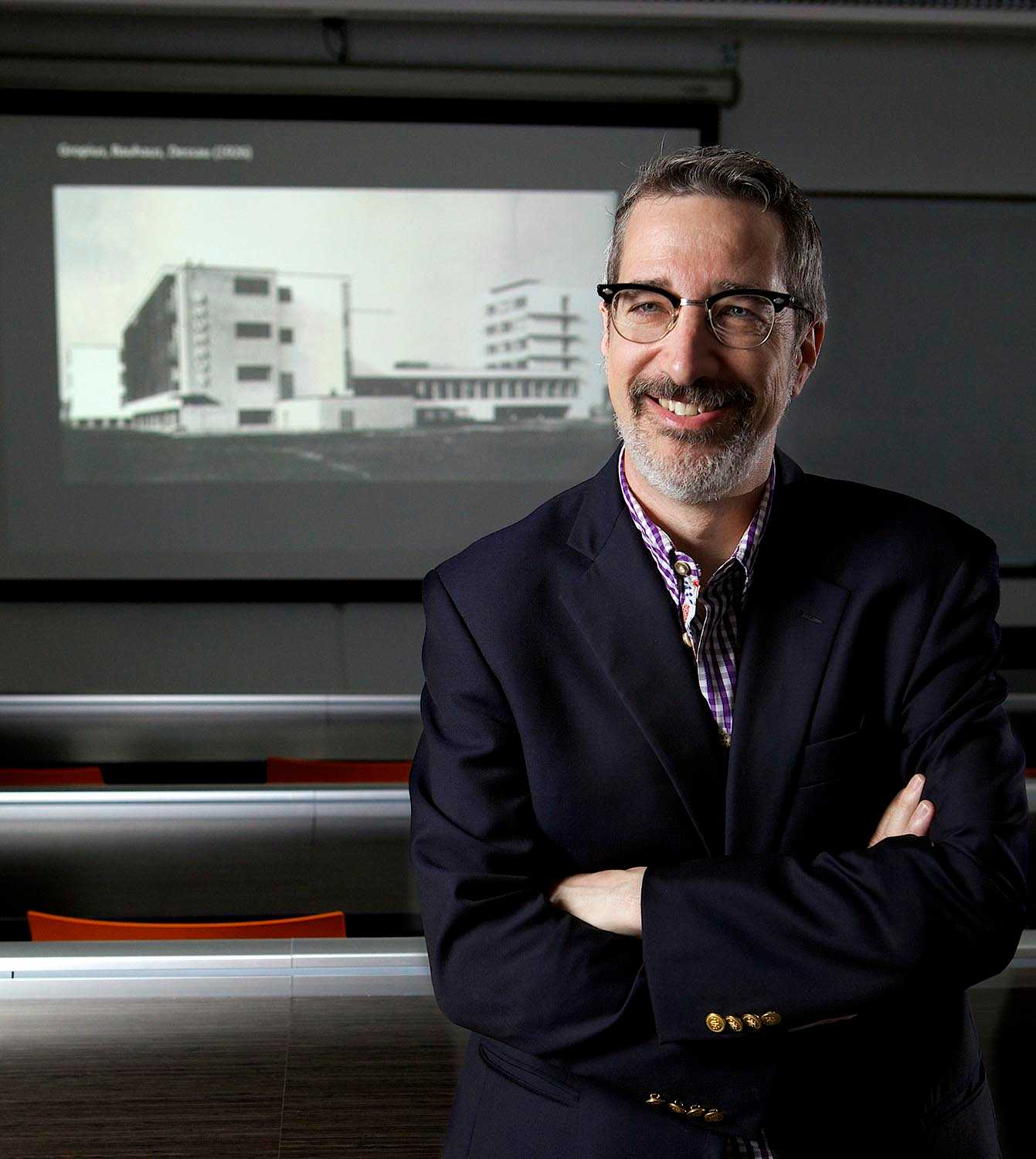Between Document & Digital Map
The Need for the Archive & GIS to Analyze the Nazi Built Environment
The Central Building Office at Auschwitz was for its time one of the largest architectural offices in Europe with over 150 SS architects and engineers employed as well as an equal number of forced-labor draftsmen. It was these architects who literally built the infrastructure of imperialist expansion in the East, as well was the brutal complementary structures of the Jewish genocide. This talk analyzes the documentary evidence of the imperial ambitions of the SS as well as the digital visualizations of that archival evidence. Building off of his current work on digitally mapping the site (with his co-author, Anne Kelly Knowles), Jaskot asks what is at stake for digital mapping in the humanities, as well as for a spatial and architectural understanding of the Holocaust. ________ Please note that this Digital Dialogue is a special co-sponsored talk in conjunction the Art History & Archaeology Department, and occurs on a different weekday and location. The Michelle Smith Collaboratory for Visual Culture is located in Room 4213 of the Art and Sociology Building.
Speakers


